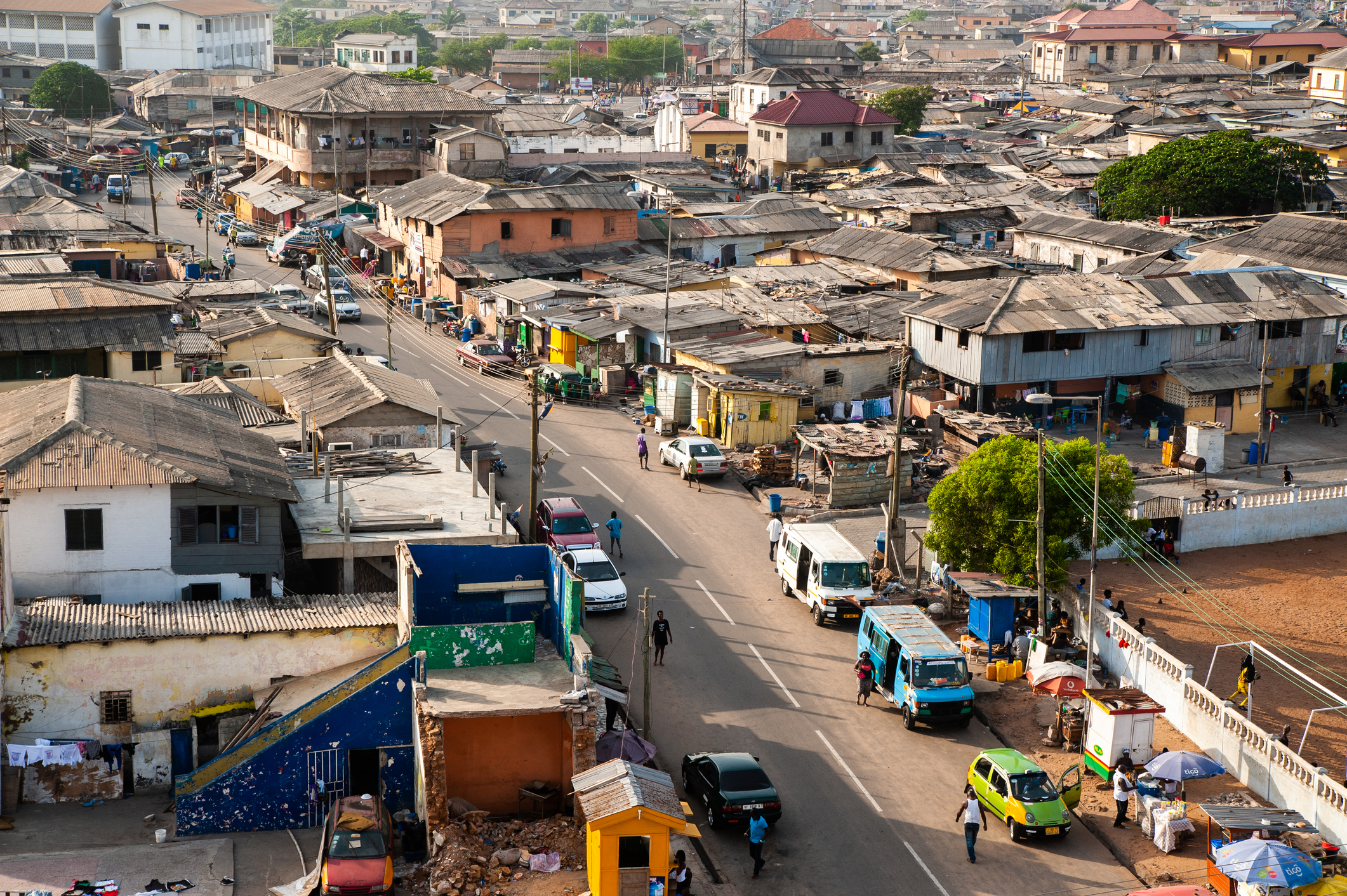
JAMESTOWN is an old community in Accra with many historical structures that predate the colonial era. The locals are committed to conserving these buildings and have made significant efforts to maintain them; our time here gives us an excellent idea of what it was like during the colonial era. The 30-meter-high lighthouse built by the British in 1871 and the attractive, colorful fishing boats on the beach are also excellent. We continue to Fort James, which the British built as a trading post in 1673 before it joined the Dutch Fort Crêvecœur and the Danish Fort Christiansborg. Fort James gave its name to the Jamestown neighborhood in Accra. These areas give us a perfect picture of old Accra, distinguishing between British and Dutch. Of interest are the Brazilian stone houses, built by free enslaved Africans who reside in Brazil; they made their way back to Africa after the slave trade was abolished, and their descendants have now integrated with the locals of James Town.
~ ~ ~ ~ ~ ~ ~ ~
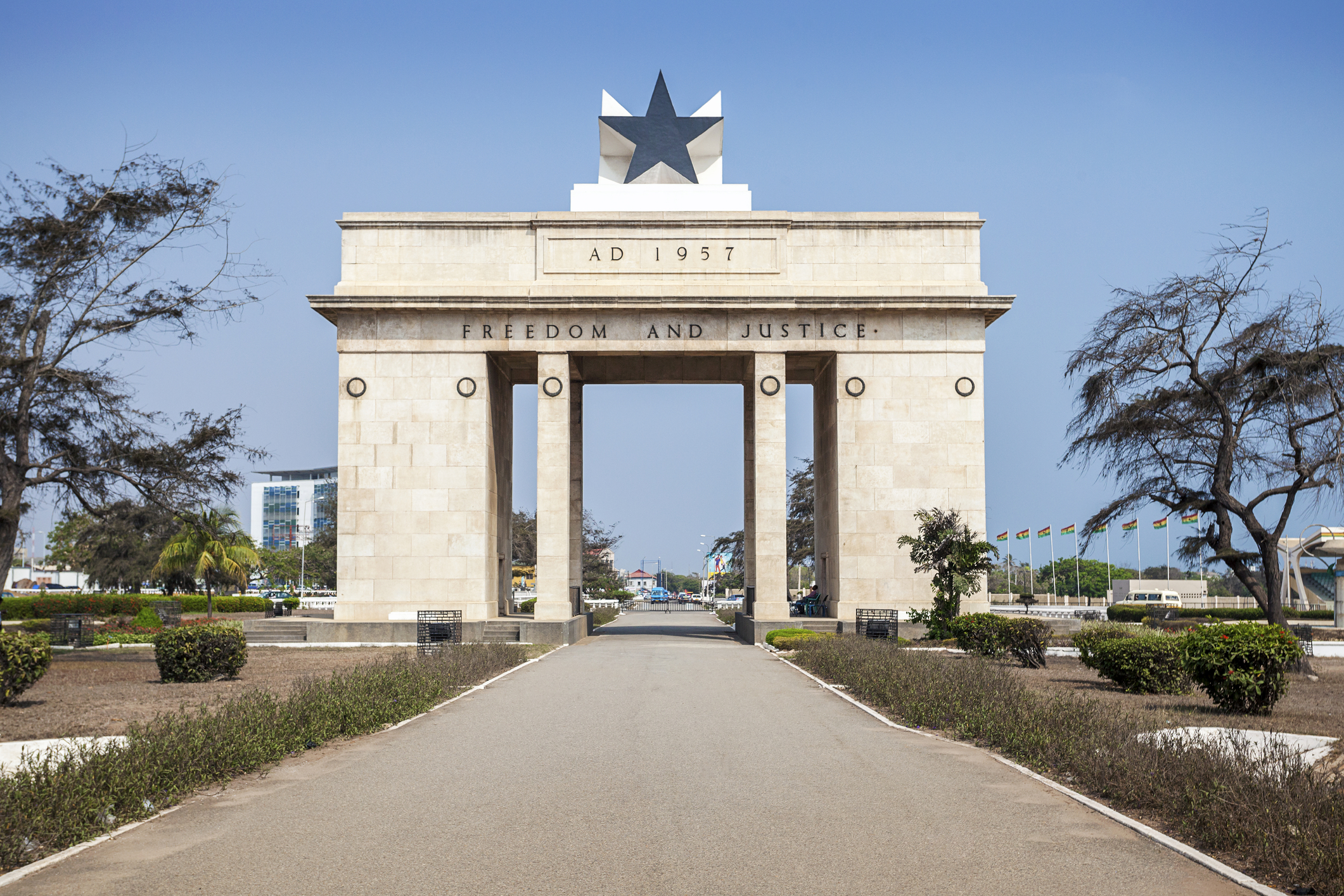
BLACK STAR GATE houses the independence monument in Independence Square, the main ceremony grounds and where the enclosed flame of African liberation is. Commissioned by the first prime minister and president of Ghana, Kwame Nkrumah, to honor the visit of Queen Elizabeth II, it was constructed in 1961, and so far, it has been used for all major national public gatherings and national festivals, in addition to the most important event which is the parade for Ghana’s Independence Day.
Due to its immense size, the square is one of the biggest in the world. It boasts the Independence Arch, the Black Star Monument, also known as the Black Star Gate, and the Memorial of the Unknown Soldier, which faces the Independence Arch and symbolizes the Ghanaian heroes who lost their lives fighting for Ghana’s independence,
~ ~ ~ ~ ~ ~ ~ ~
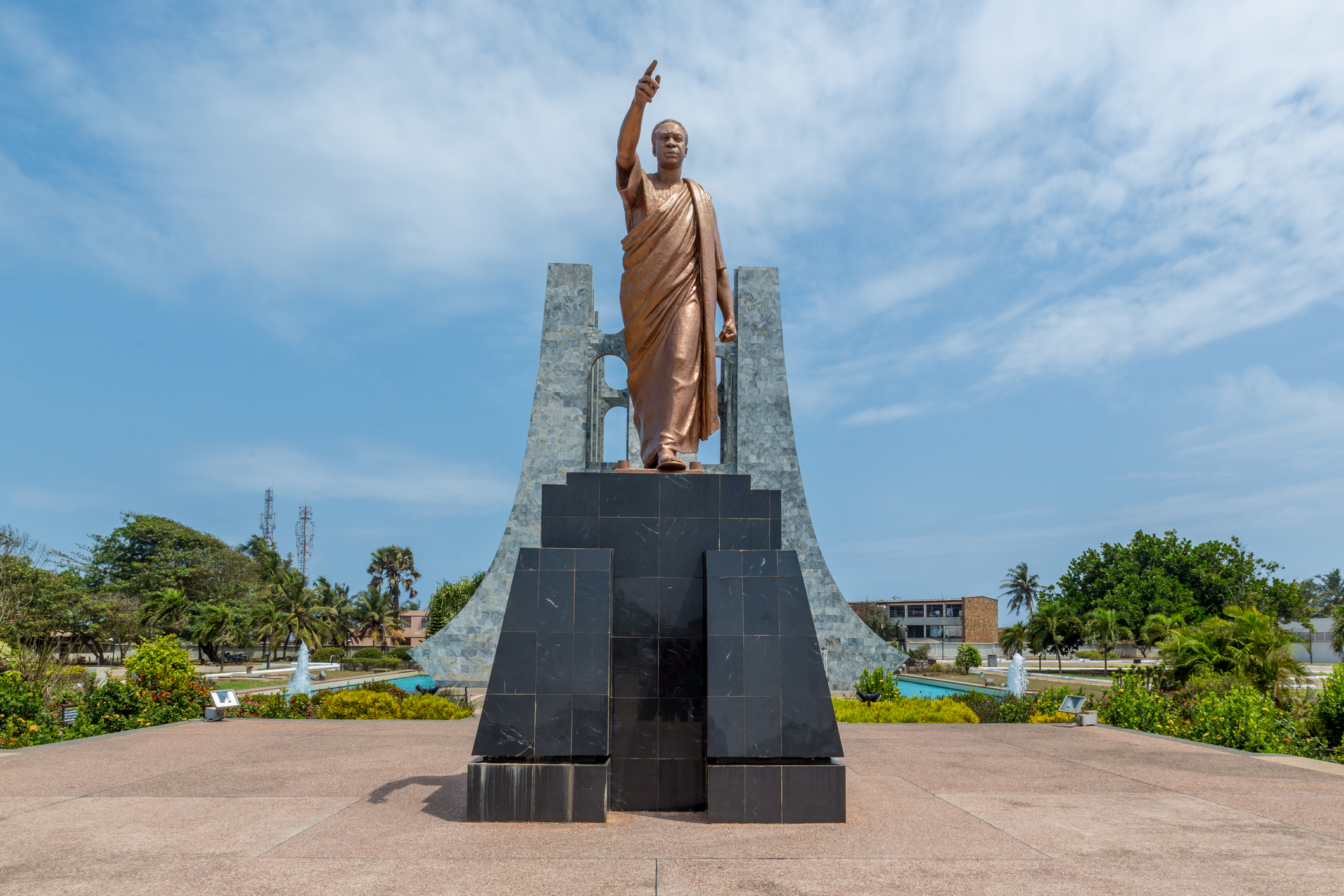
Located in the heart of Accra stands a monument that embodies the soul of a nation and the spirit of one of its most outstanding leaders. THE KWAME NKRUMAH MEMORIAL PARK MAUSOLEUM is more than just a memorial; it's a testament to the resilience, ambition, and enduring legacy of a man who dared to dream of an independent Ghana. The final resting place of Ghana's founder is a beautiful garden. An adjoining museum contains photos, artifacts, and an insight into this incredible man's life. The center was designed by a Ghanaian architect and built using Italian marble.
The Kwame Nkrumah Memorial Park and Mausoleum remind us of Nkrumah's indomitable spirit, relentless pursuit of independence, and unwavering belief in pan-African unity. It's a place of reflection, a symbol of national pride, and a beacon of Ghana's revolutionary spirit.
~ ~ ~ ~ ~ ~ ~ ~
 The Accra Regional Center for Culture, “The Arts Center,” is better known as the NATIONAL CULTURAL CENTER in Accra, Ghana. This is where you will find the tourist heaven of Ghana virtually. It has everything from woven Kente cloth to wooden sculptures, beadwork, leather bags, earrings, other fashion accessories, the latest in African Attire fashion, and good-quality handicrafts from all over Ghana.
The Accra Regional Center for Culture, “The Arts Center,” is better known as the NATIONAL CULTURAL CENTER in Accra, Ghana. This is where you will find the tourist heaven of Ghana virtually. It has everything from woven Kente cloth to wooden sculptures, beadwork, leather bags, earrings, other fashion accessories, the latest in African Attire fashion, and good-quality handicrafts from all over Ghana.
A warren of stalls selling arts and crafts. There are arts and crafts bazaars and a traditional textile market with souvenirs crafted in clay, wood, leather, and metal. There is also an indoor market with stalls having footwear, tee shirts, and other souvenirs.
An art gallery sells traditional handicrafts from all over Ghana at reasonable prices. There is a never-ending array of goods in numerous stalls that may not even be able to shop.



 SOLD OUT
SOLD OUT

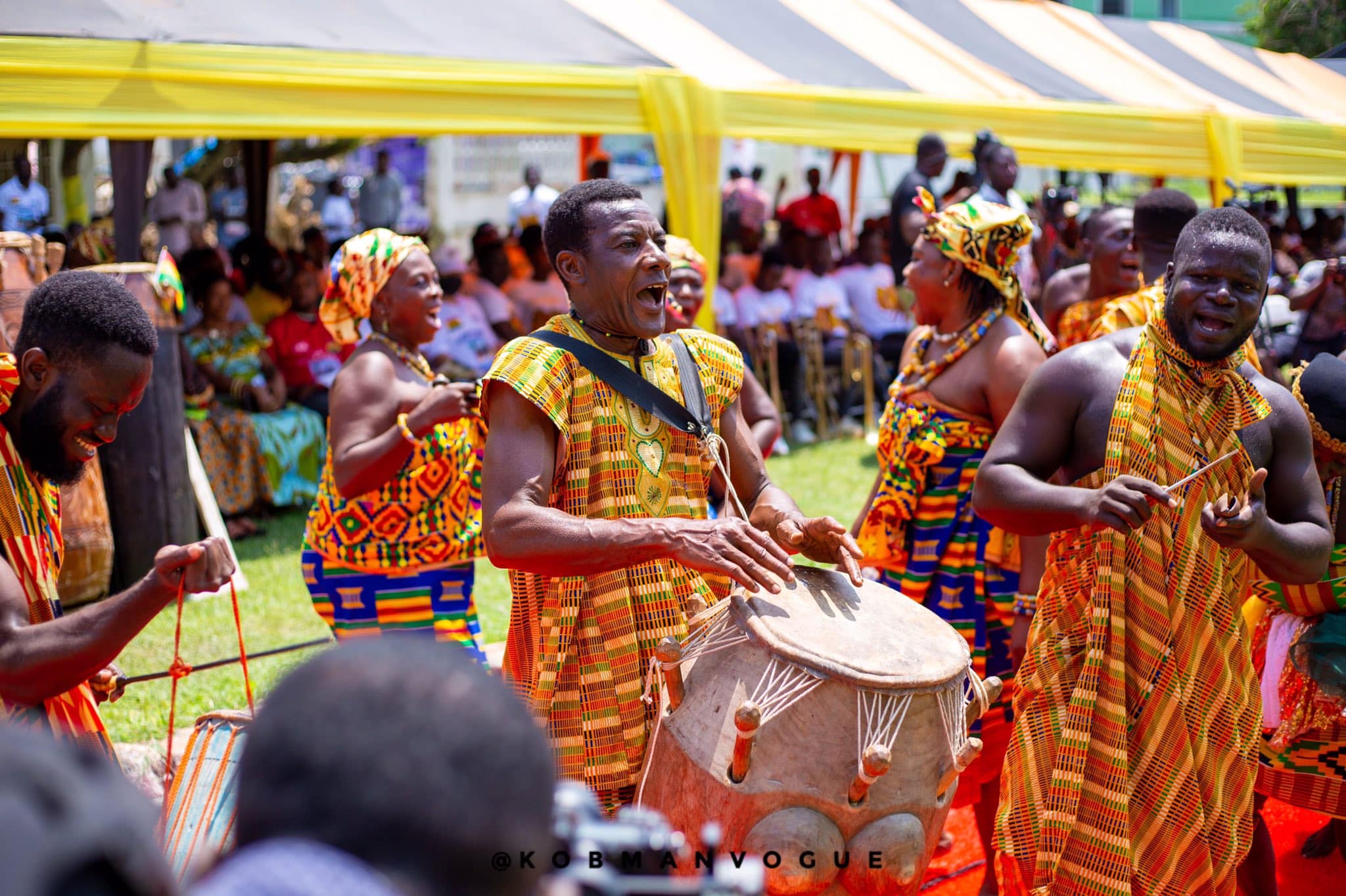
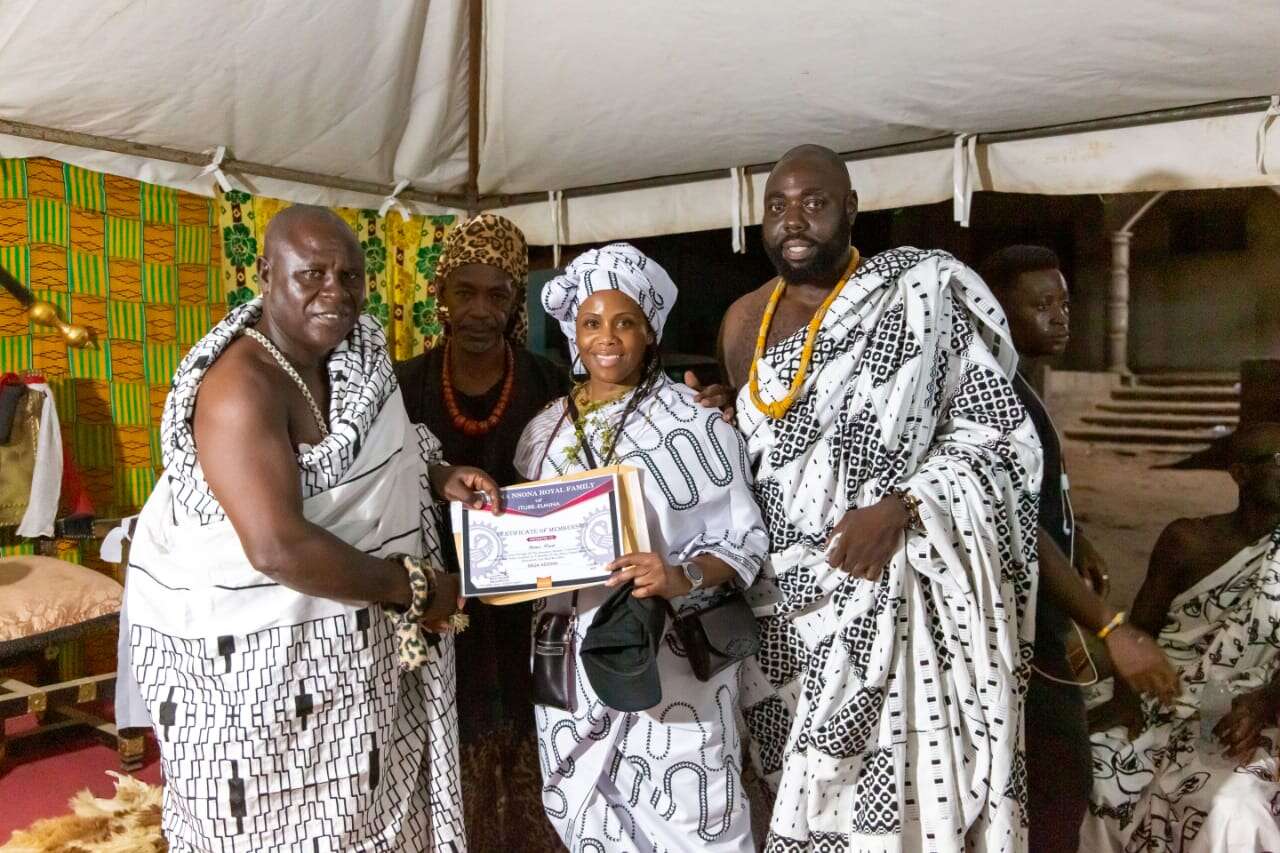





 Travel Credits can be used to purchase other specific TBOG Tour the World Travel Experiences.
Travel Credits can be used to purchase other specific TBOG Tour the World Travel Experiences.












 The southern part of the country is humid most of the year, but the north can be very dry.
The southern part of the country is humid most of the year, but the north can be very dry.













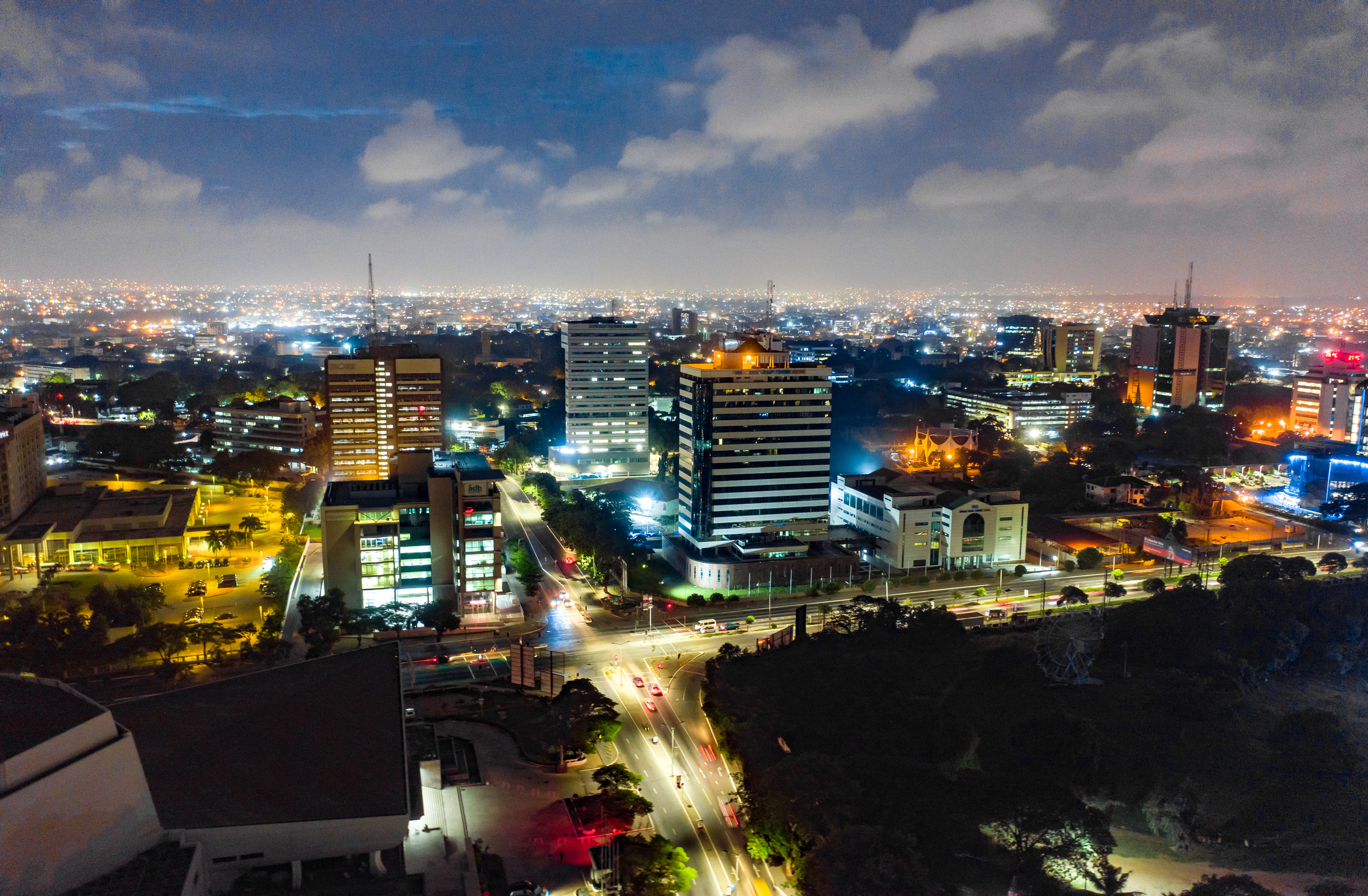






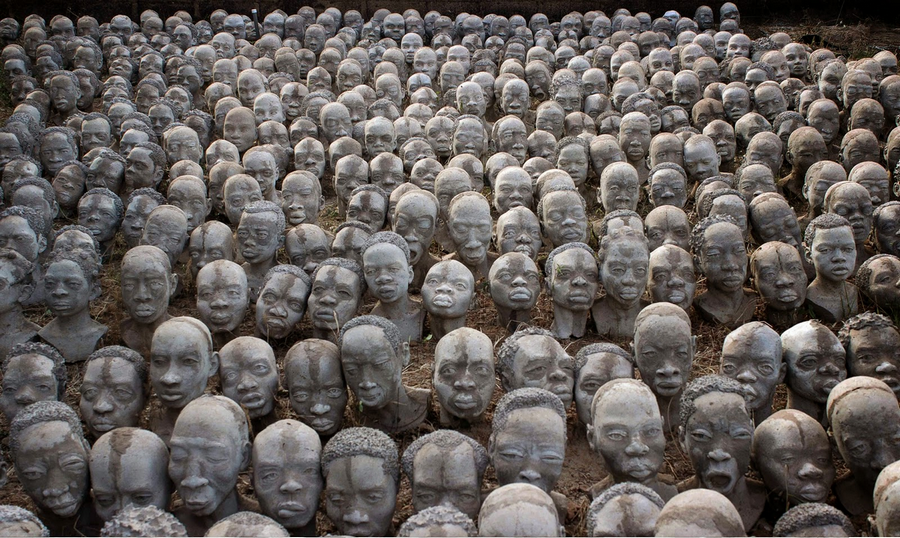
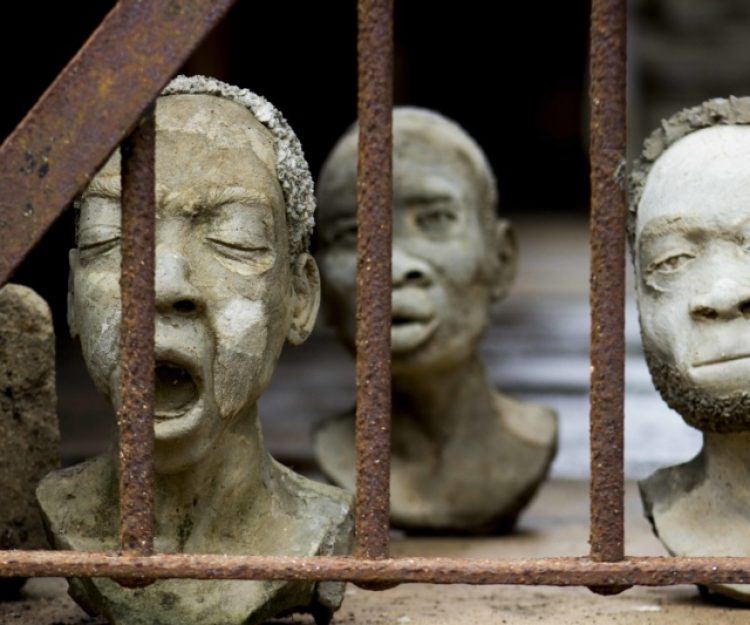
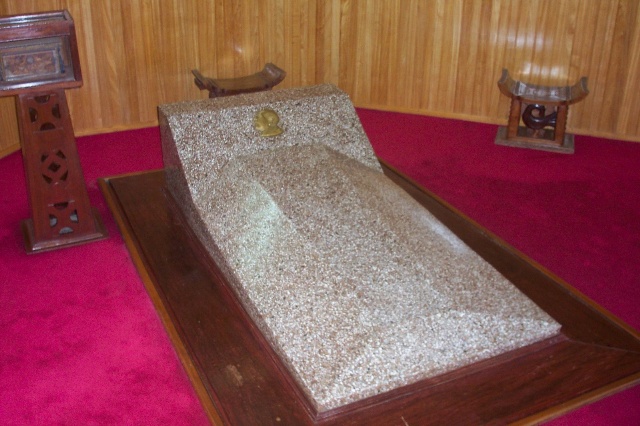
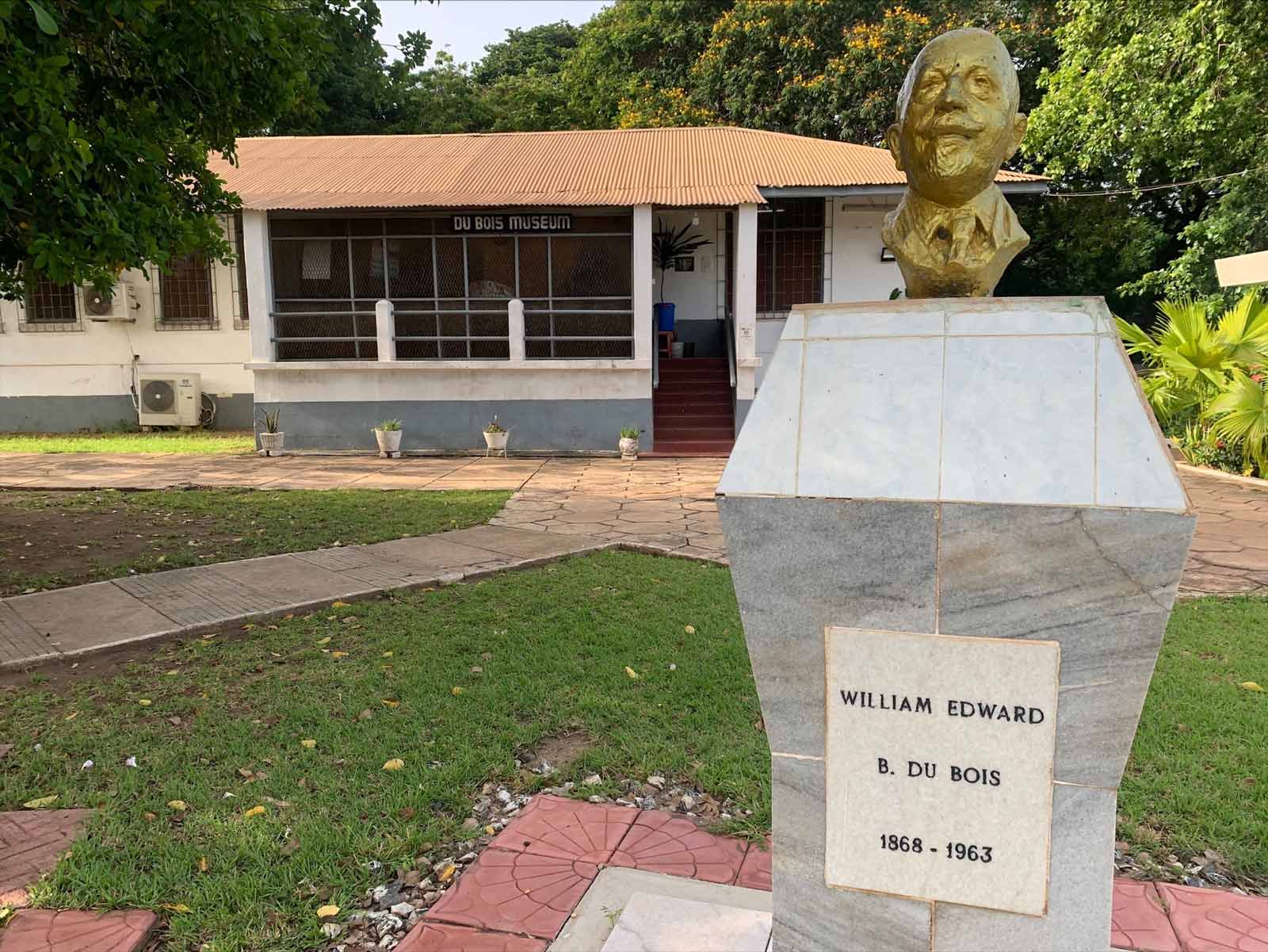

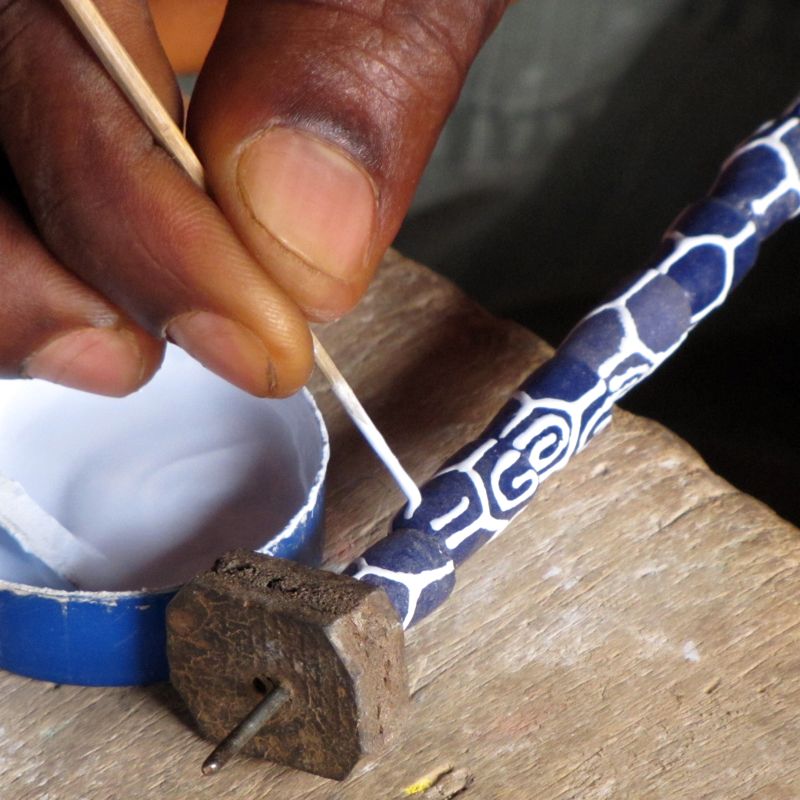
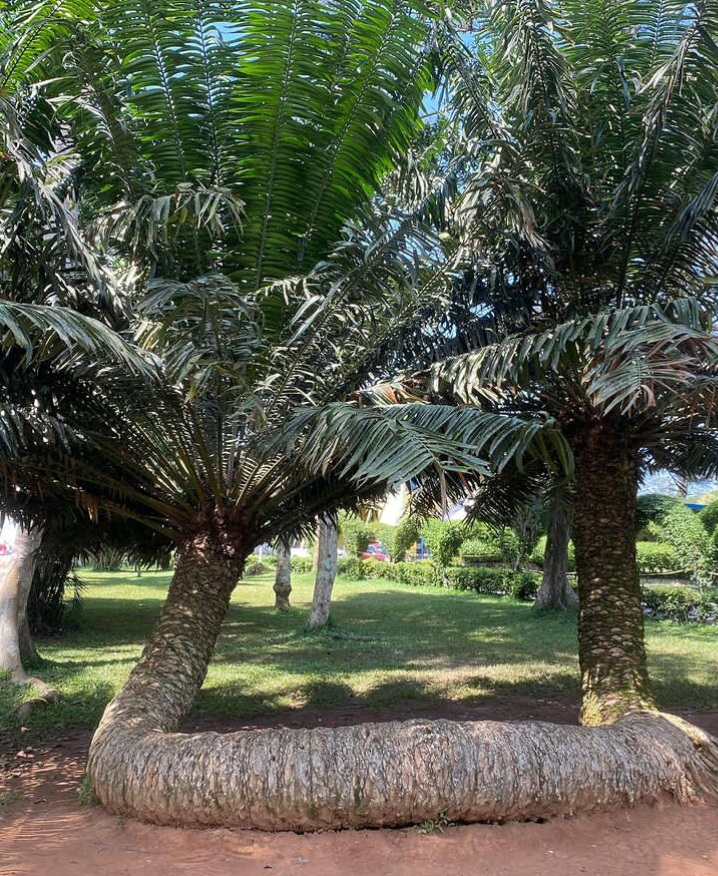
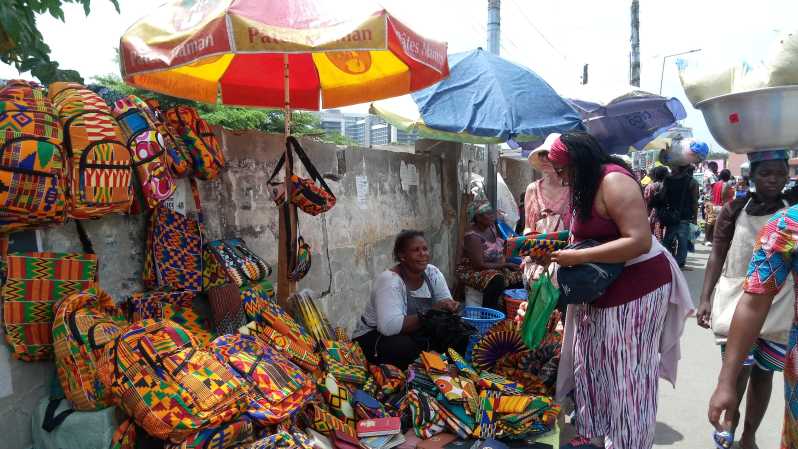 ABURI CRAFT MARKET
ABURI CRAFT MARKET 

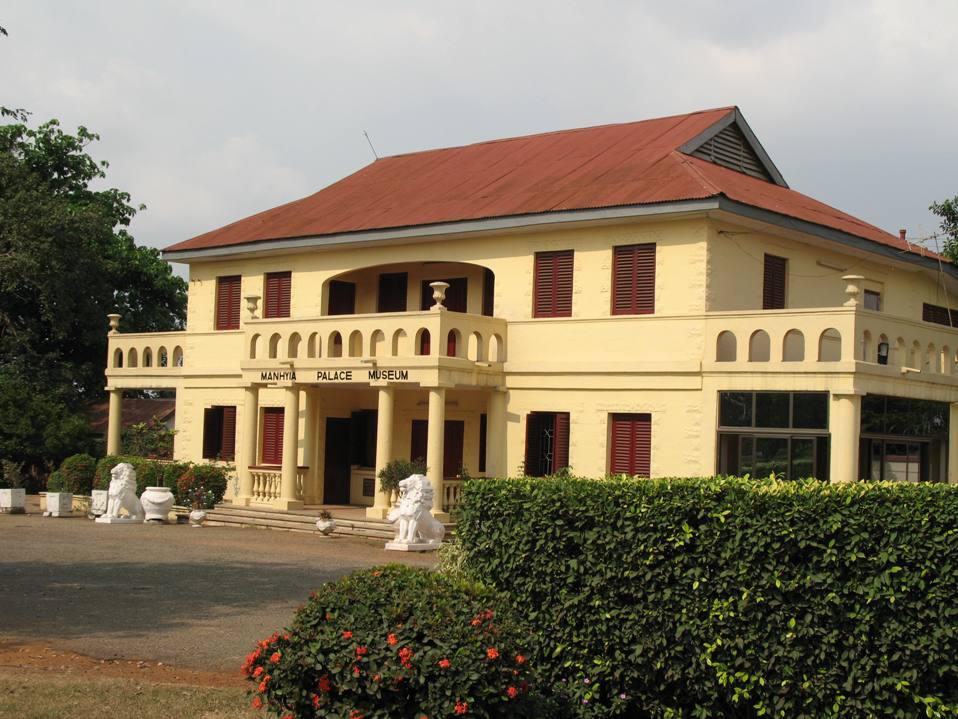

 Adanwomasie
Adanwomasie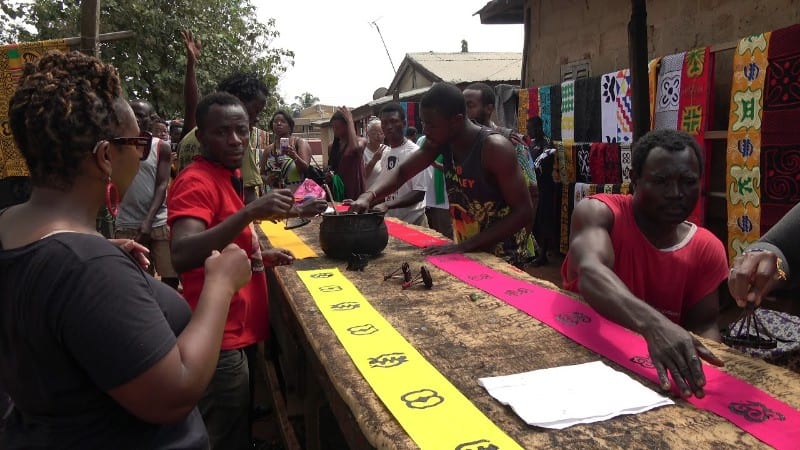 originate. These traditional symbols all have meanings and are carved from calabash shells. The Adinkra Symbols are then printed onto traditional cloth using natural dyes made from the bark of certain local trees. Adinkra cloth has been adorned by the Asante's for more than 4 centuries and pre-dates kente cloth. Even today most Ashanti’s will wear adinkra cloth for funerals, festivals, and other important occasions.
originate. These traditional symbols all have meanings and are carved from calabash shells. The Adinkra Symbols are then printed onto traditional cloth using natural dyes made from the bark of certain local trees. Adinkra cloth has been adorned by the Asante's for more than 4 centuries and pre-dates kente cloth. Even today most Ashanti’s will wear adinkra cloth for funerals, festivals, and other important occasions. 
 ASSIN MANSO, located in the central region of Ghana, served as a major slave market and transit point during the height of the transatlantic slave trade. It was here that captured Africans were held, awaiting their perilous journey to the Americas. The Assin Manso Slave River, flowing gently through this somber landscape, once witnessed the agony and despair of countless souls torn from their homes. One of the most poignant aspects of the Assin Manso experience is the "Last Bath" ritual. This ritual, performed by the African descendants of those who were once enslaved, is a solemn commemoration of the final moments of these individuals on African soil. Visitors to Assin Manso are invited to take part in this emotional ceremony.
ASSIN MANSO, located in the central region of Ghana, served as a major slave market and transit point during the height of the transatlantic slave trade. It was here that captured Africans were held, awaiting their perilous journey to the Americas. The Assin Manso Slave River, flowing gently through this somber landscape, once witnessed the agony and despair of countless souls torn from their homes. One of the most poignant aspects of the Assin Manso experience is the "Last Bath" ritual. This ritual, performed by the African descendants of those who were once enslaved, is a solemn commemoration of the final moments of these individuals on African soil. Visitors to Assin Manso are invited to take part in this emotional ceremony.

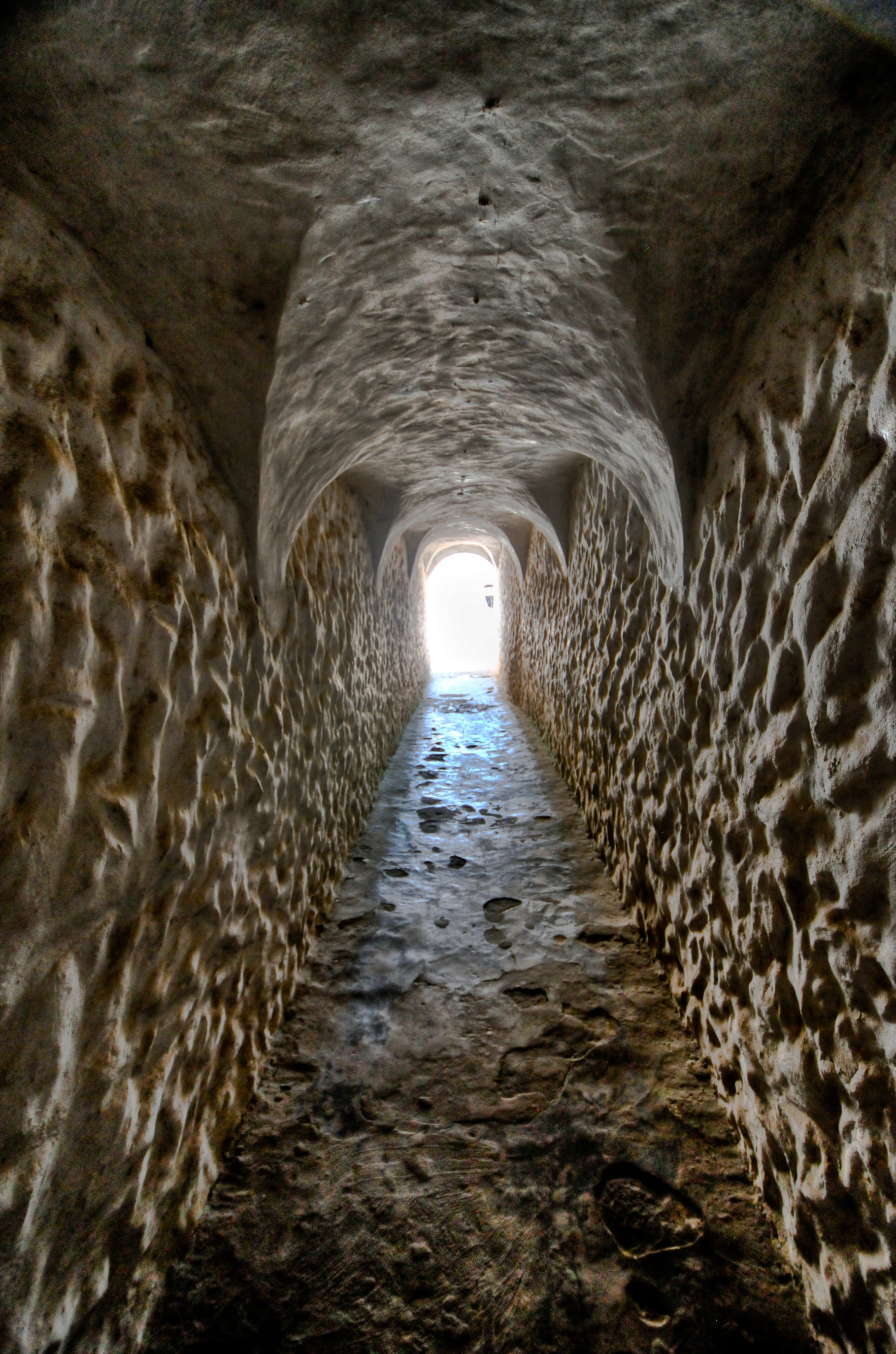



 ELMINA CITY & MARKET TOUR
ELMINA CITY & MARKET TOUR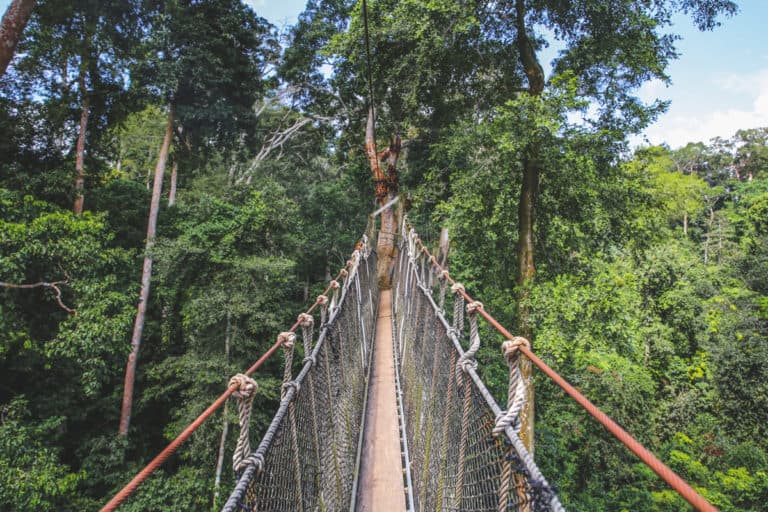
 YOUR NAMING CEREMON
YOUR NAMING CEREMON
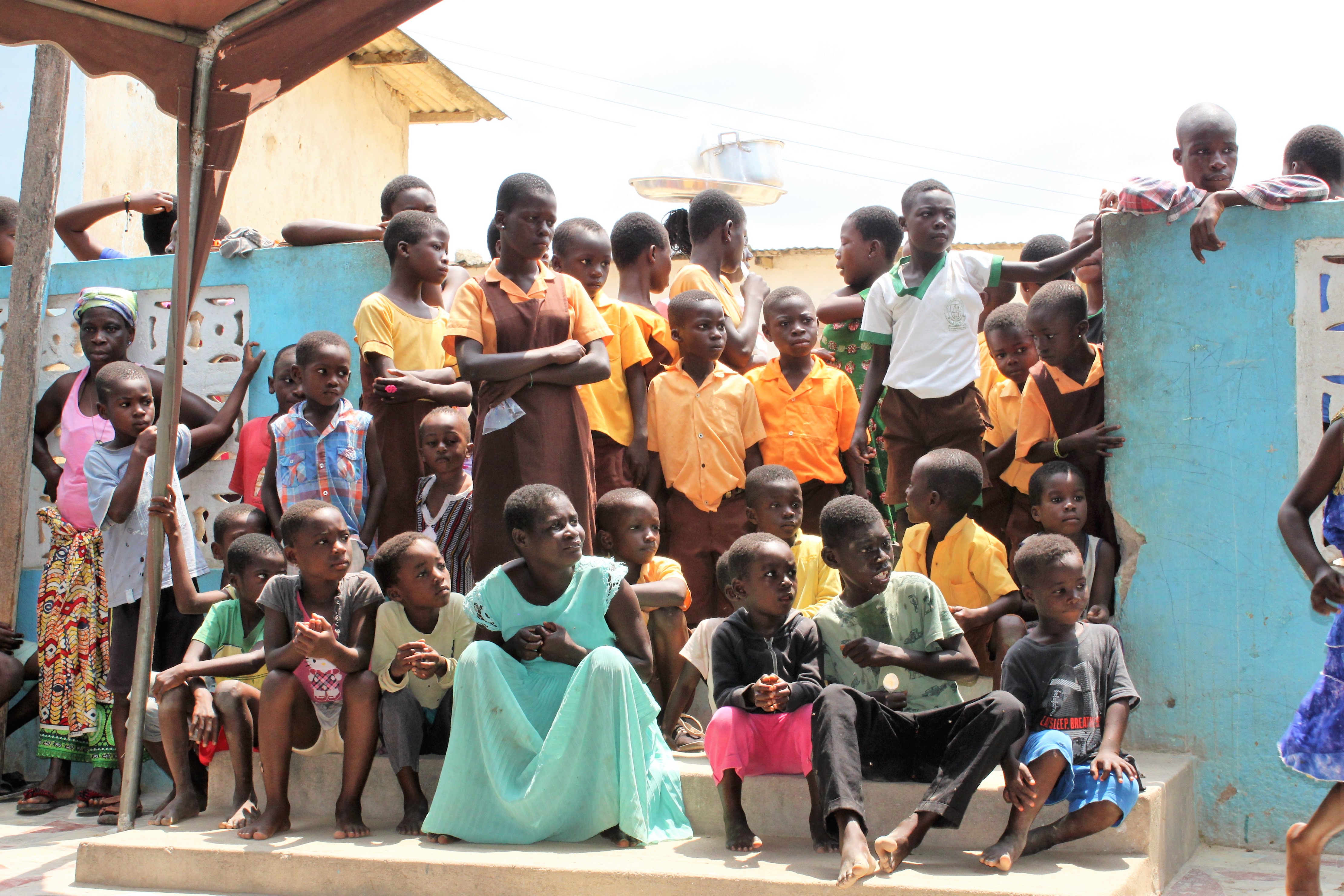

 DRUMMING
DRUMMING





